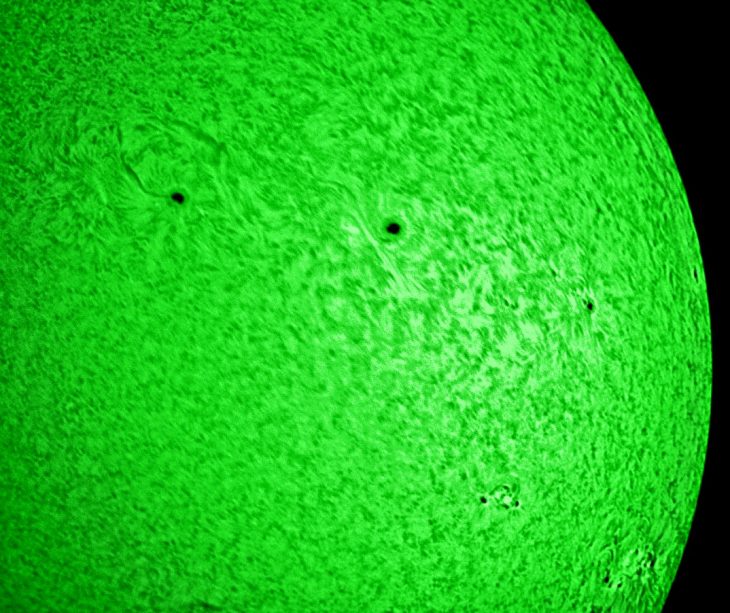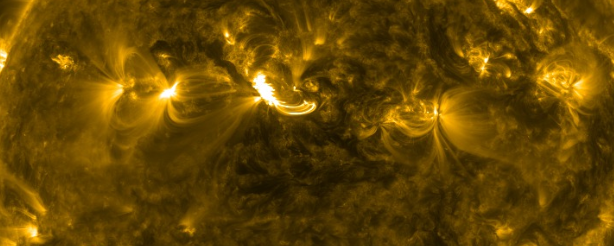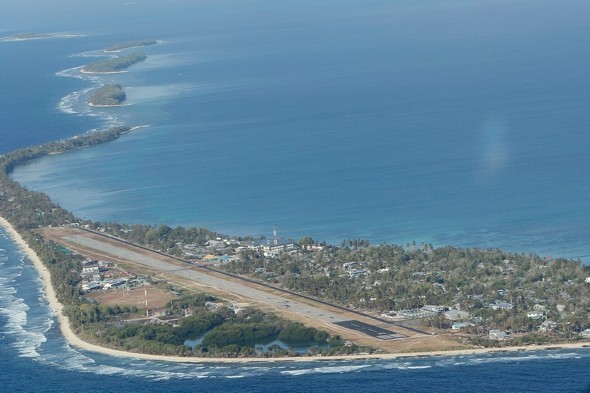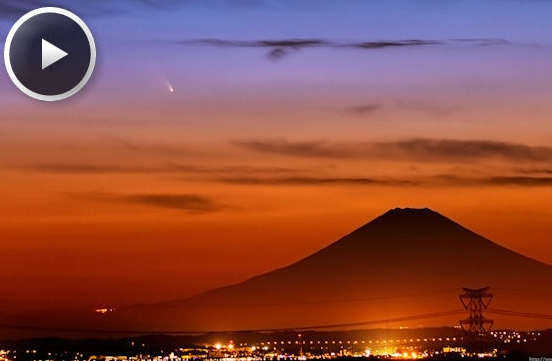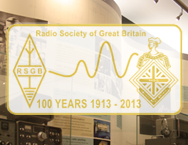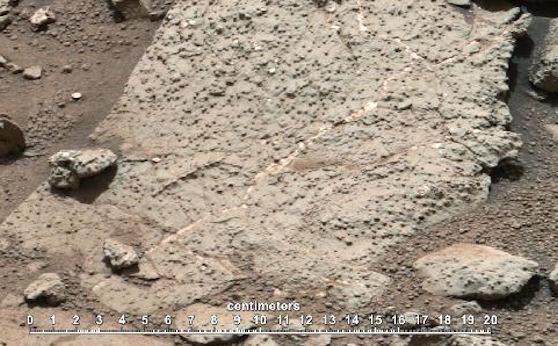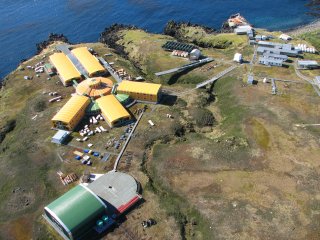A fast moving Coronal Mass Ejection (CME) that left the Sun on Friday morning swept past Earth early Sunday morning. The ACE Spacecraft detected a solar wind increase to near 700 km/s.
A geomagnetic sudden impulse measuring 48 nT was detected by the Boulder, Colorado magnetometer at 06:01 UTC and this signalled the moment of Earth impact. A moderate G2 Level Geomagnetic Storm (KP=6) is now in progress following the impact. Be on the lookout for aurora at very high latitudes.
The moderate to strong geomagnetic storm has finally subsided following an initial CME impact early Sunday morning .

